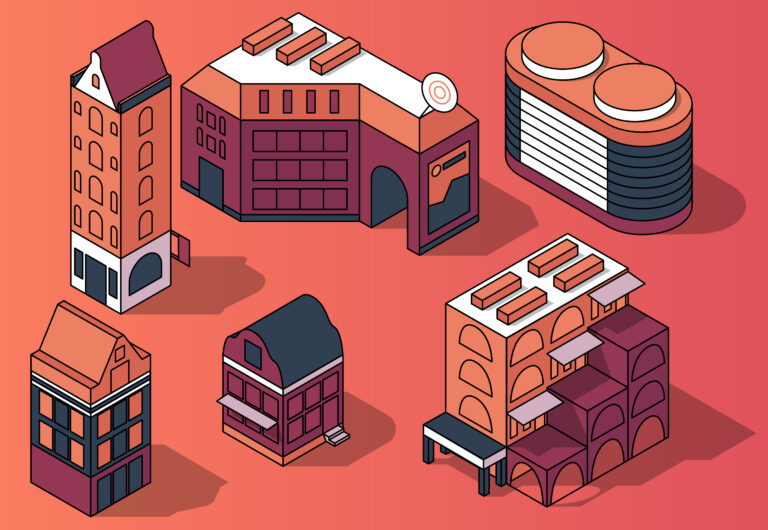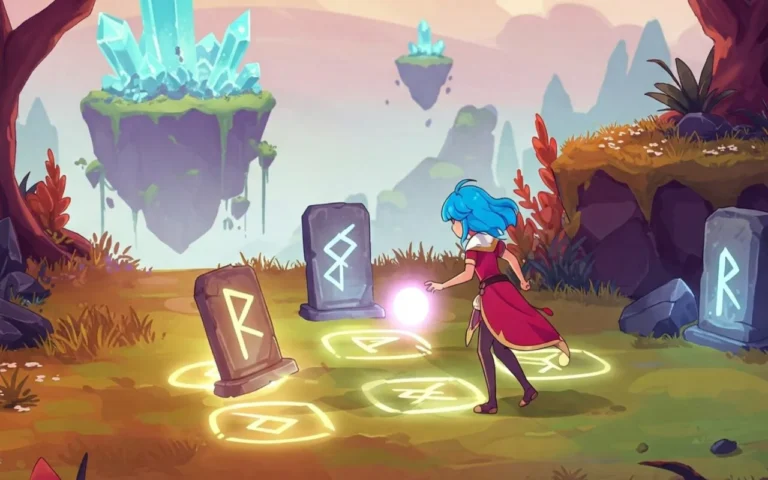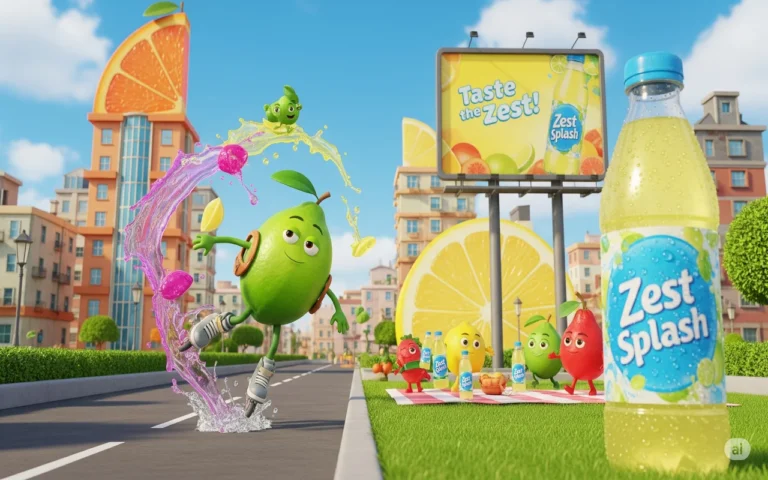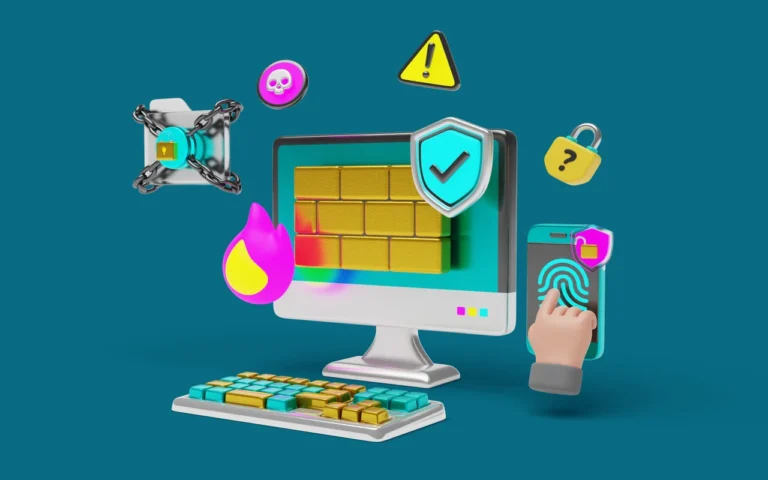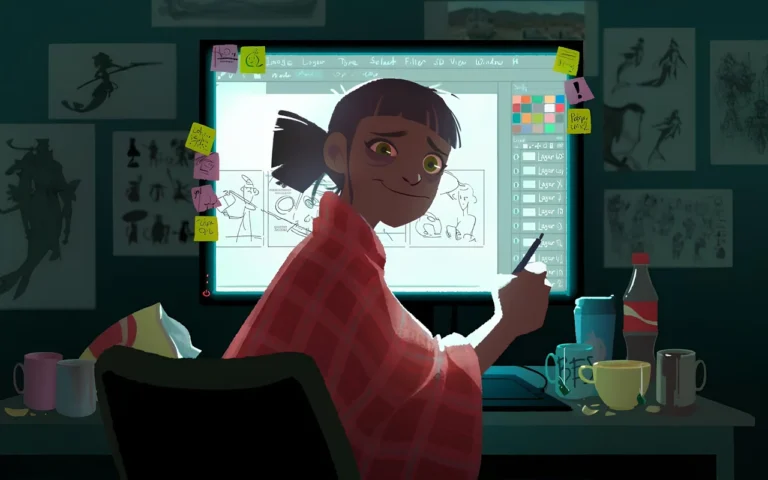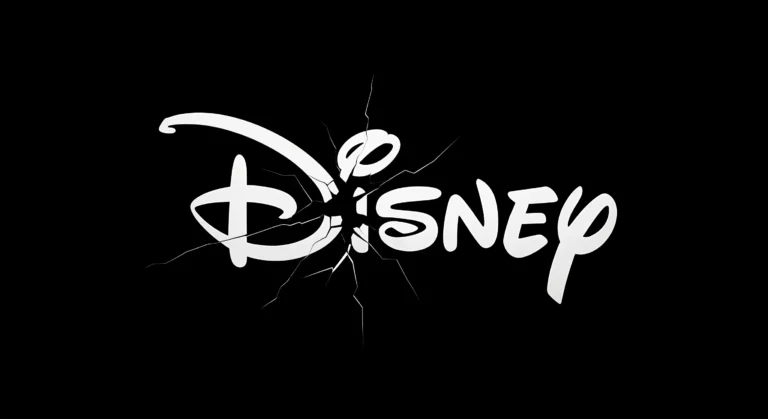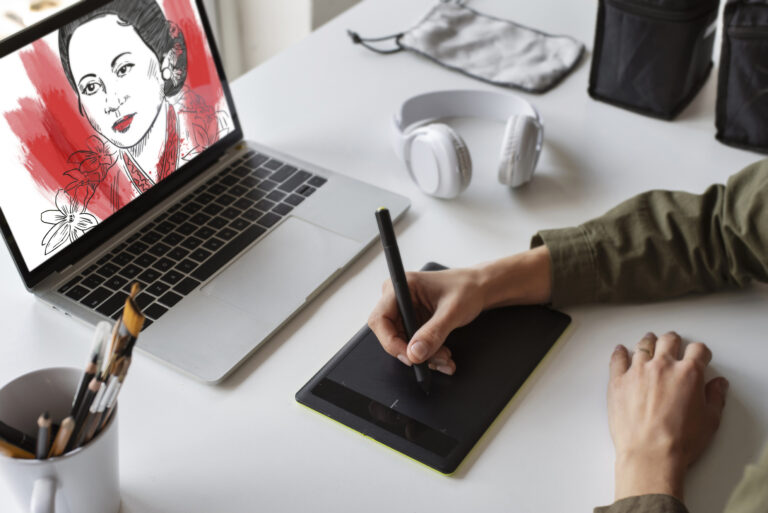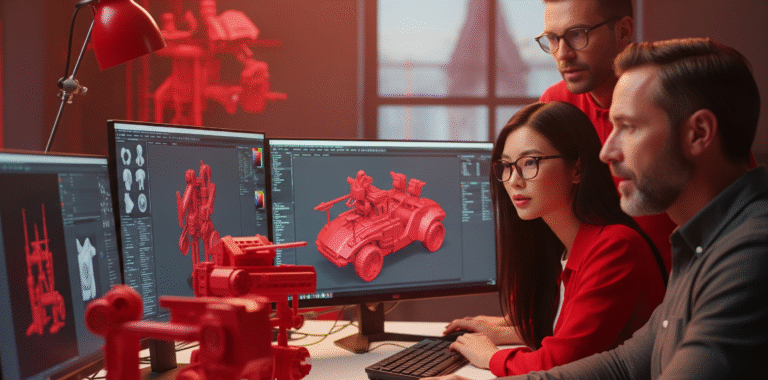Background artists are creative individuals who draw backgrounds for animation and game projects. Backgrounds are the only visual element that is always present in 2D scenes. From natural landscapes and mountains to urban cities at night with high-rises, or even a simple room with modest furniture, backgrounds appear in every scene. In this article, we will explore the role of a background artist in the 2D game and animation industry. Stay Tuned.


Need Game Art Services?
Visit our Game Art Service page to see how we can help bring your ideas to life!
The Responsibilities of a Background Artist
Creating Concept Art
Background artists collaborate in designing environments in the early stages of a project. They play a crucial role in shaping the atmosphere of the project through their contributions to pre-production.
Drawing Backgrounds
Obviously, the main responsibility of a background artist is drawing background images. These images can be as complicated as a market scene filled with dozens of shops and hundreds of items or as simple as an empty room.
Adjusting Perspective and Depth
Background images should align seamlessly with other elements of the project. Imagine a scene where a 2D character walks into the depth of the background environment. It is necessary to adjust the perspective so that the character blends perfectly with the environment.
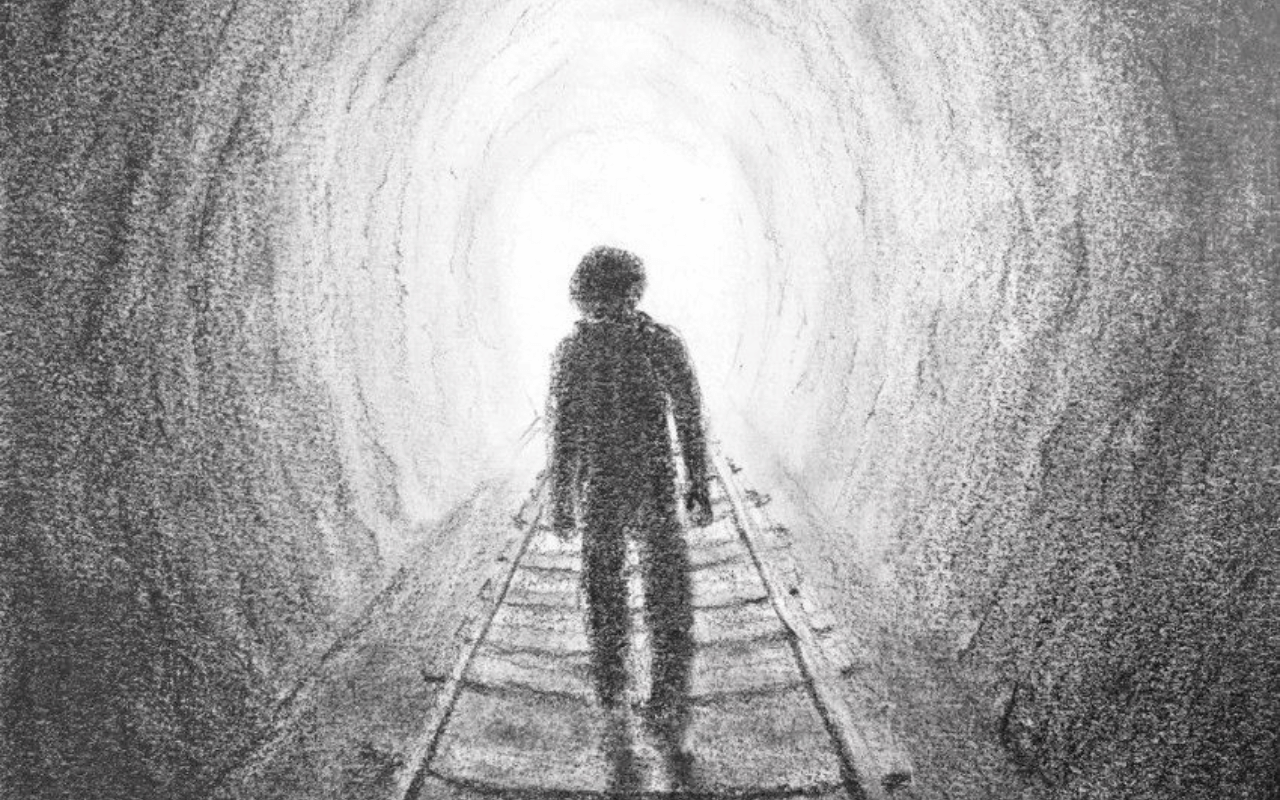
Essential Skills for a Background Artist
Drawing Skills
The ability to draw is the most fundamental skill for every background artist. They should be experts in drawing the typical elements included in backgrounds, such as landscapes, buildings, natural environments, cities, skies, furniture, streets, and more.
Color Theory
A strong command of the color theory is a crucial skill for any background artist. They should be able to draw backgrounds that seamlessly integrate with other elements of a scene. Colours play an important role in creating harmonious images. Understanding the effect of different colours in defining the mood for the scenes is essential.
Perspective and Shading
Background artists working on 2D scenes are mostly tasked with creating images that can fake depth and give flat drawings the illusion of being three-dimensional. Perspective and shading are techniques that help background artists create that illusion.
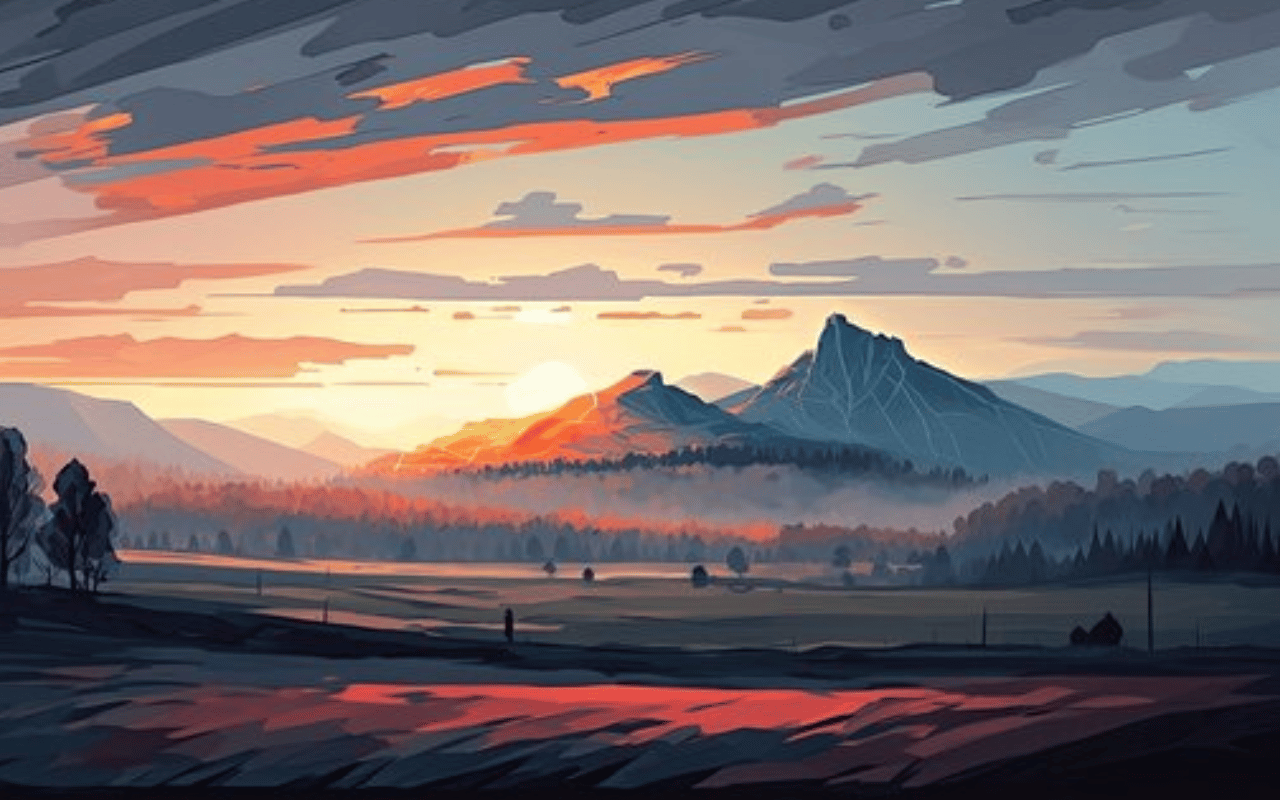
Digital Painting
Background artists paint and prepare background images using digital painting software like Adobe Photoshop and similar programs. Being comfortable with these tools is essential for any artist.
Attention to Detail
Backgrounds must integrate seamlessly into the scenes. It is essential for background artists to enjoy refining details and feel comfortable making numerous adjustments to drawings to ensure they fit the project perfectly.
Types of Backgrounds
Different types of backgrounds appear in creative projects. Let’s explore some common types of backgrounds used in 2D animations and games.
Flat Backgrounds
Flat backgrounds are drawings that are mostly static or have animated elements inside them. Examples of flat backgrounds might be a sky with some animated stars, a forest, or mountains. These backgrounds are mostly used in 2D animation projects.

Parallax Backgrounds
Parallax backgrounds are made of multiple layers that move horizontally at different speeds to create the illusion of depth. Parallax backgrounds are commonly used in 2D platformer games. As an example, a parallax background might include 3 layers. One layer might represent bushes near the platform the player is running on. The bushes move faster while the player is running, since they are closer to the camera. while items like mountains and clouds in the background move at varying speeds to demonstrate depth and real physics.
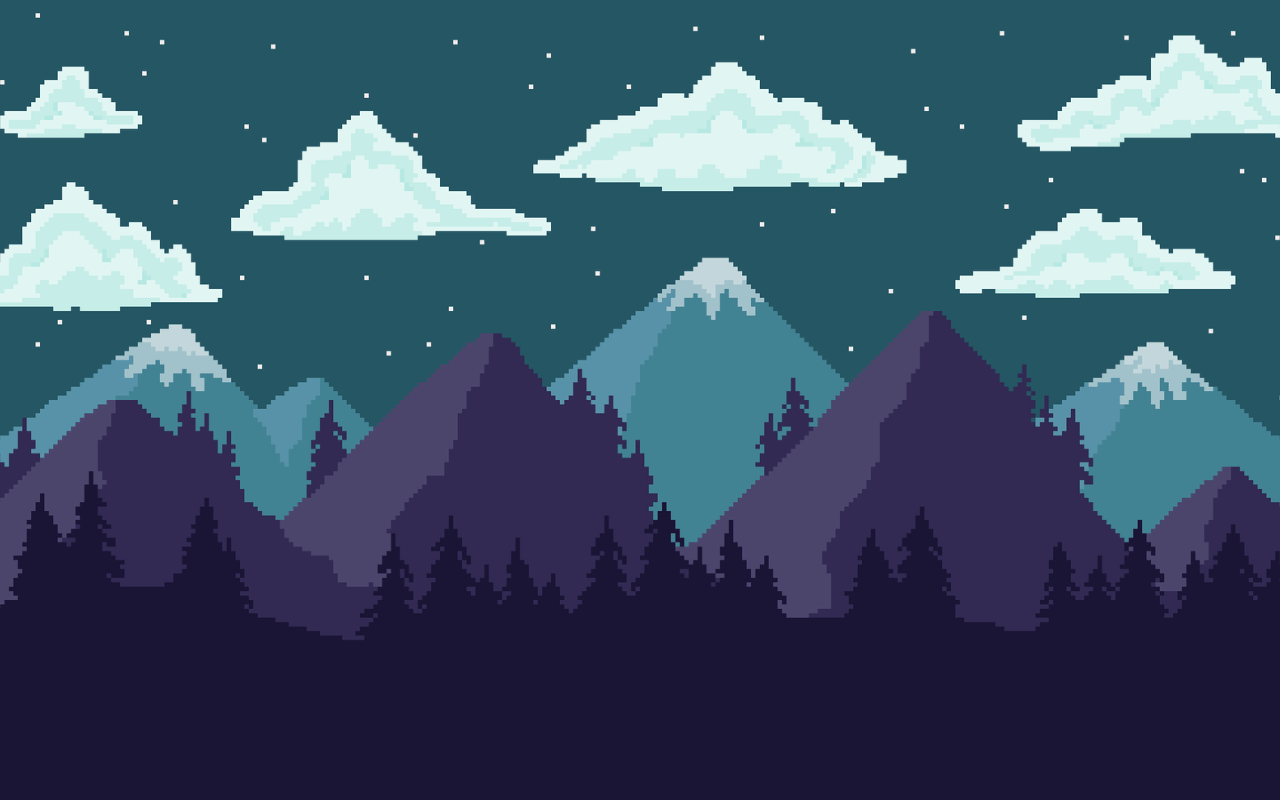
Interactive Backgrounds
Interactive backgrounds include elements that players can interact with in a 2D game. Items like doors, buttons, and objects on shelves are examples of these elements. These backgrounds are commonly found in 2D mobile games.
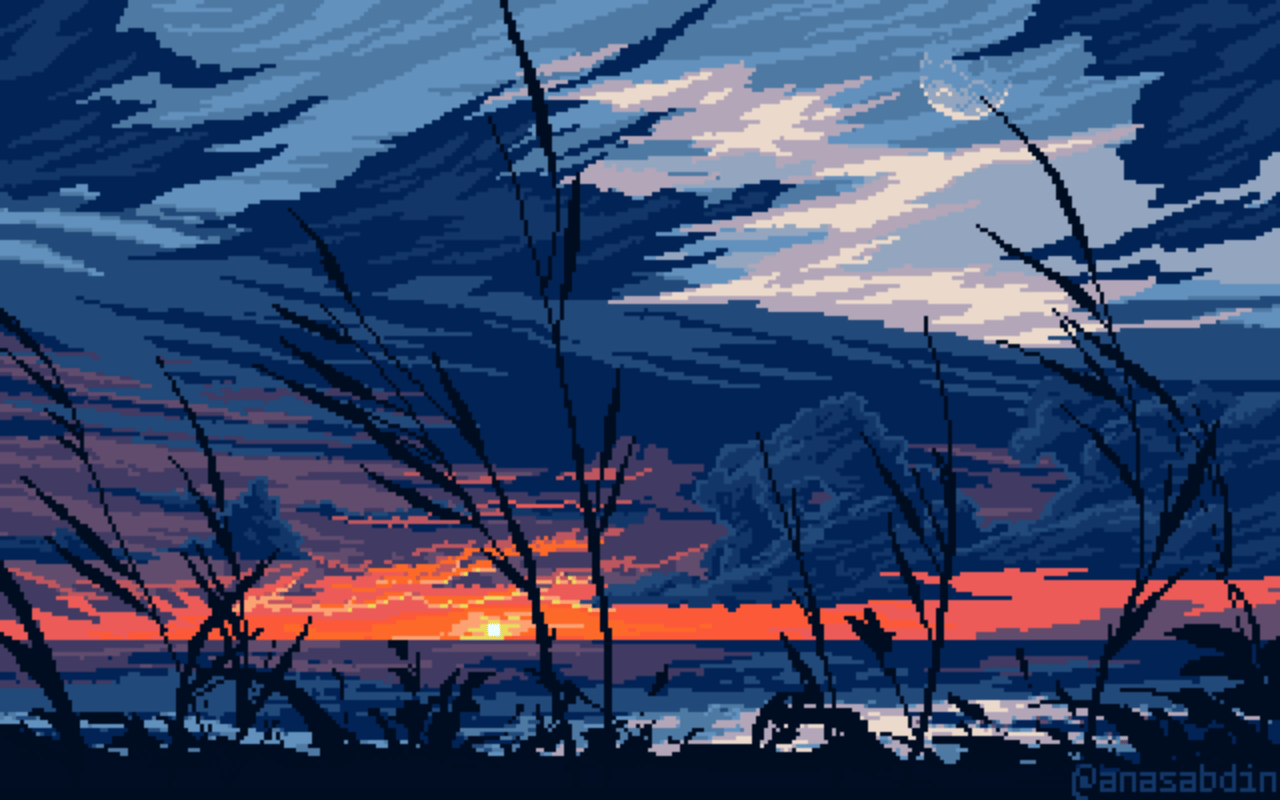
Tools and Software to Create Backgrounds
Digital Painting Software
Backgrounds can be created using a variety of tools and software. Digital painting tools like Photoshop and Illustrator are commonly used for creating 2D backgrounds. Another tool that is popular among background artists is a graphics tablet. They are used to draw backgrounds directly inside computer programs.
3D Programs
3D modeling software like Blender, Cinema 4D, and Maya can be used to create backgrounds as well. Creating 3D models and rendering 2D images for backgrounds is a valid method of creating background images. 3D programs have advanced lighting features that help create stunning visuals easily.
Game Engines
Backgrounds can be created using game engines as well. Unity and Unreal Engine are examples of game engines that have features like skyboxes, advanced lighting tools, shaders and real-time rendering that allow the creation of beautiful and detailed backgrounds for game projects.
Trends in Background Art
3D Animation with 2D Backgrounds
Using 2D backgrounds in 3D animation has become popular in recent years. Blockbuster 3D animated series like Arcane incorporate 2D backgrounds. This reduces the production time considerably as it allows for a quick transition from concept art to production-level background art.
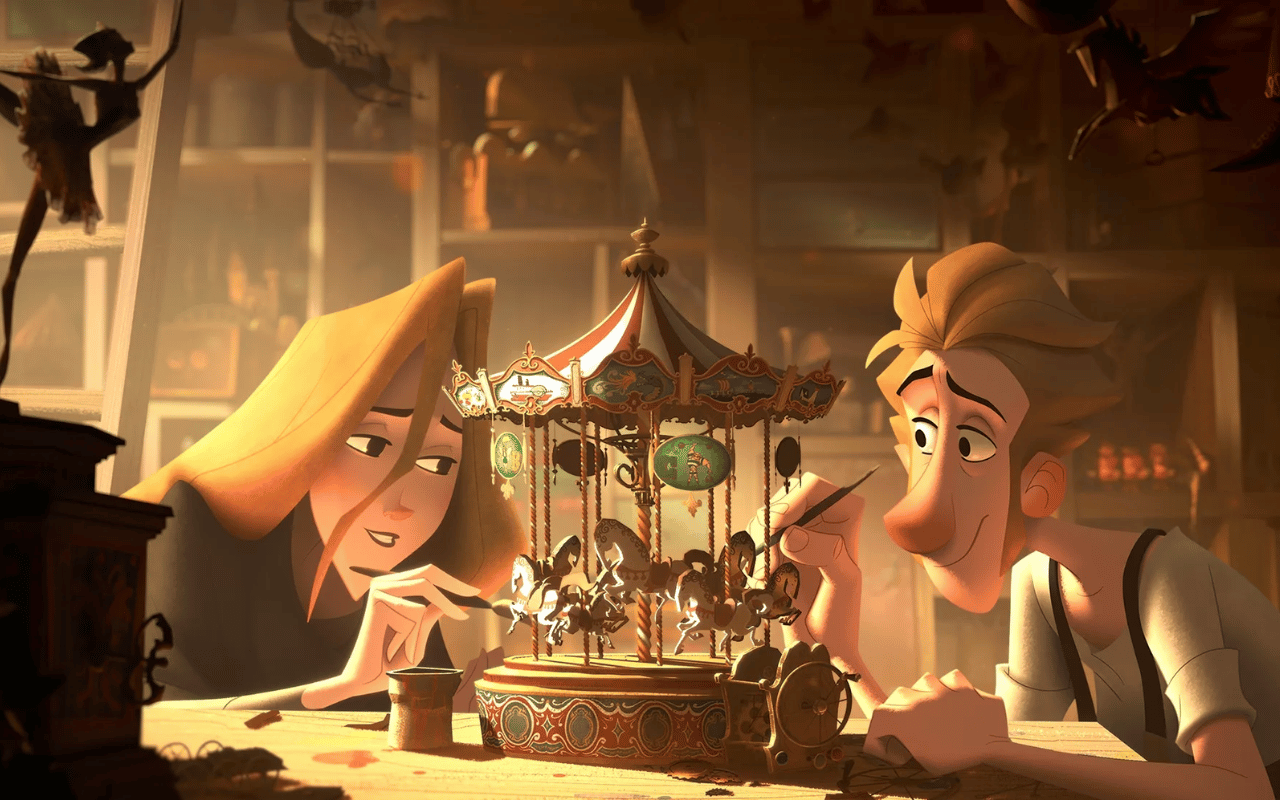
AI-Generated Backgrounds
AI image generation tools like Midjourney and Stable Diffusion have made it possible for everyone to create high-quality images. Some animation and game studios are using these tools in their pipelines to create concept art and background images.
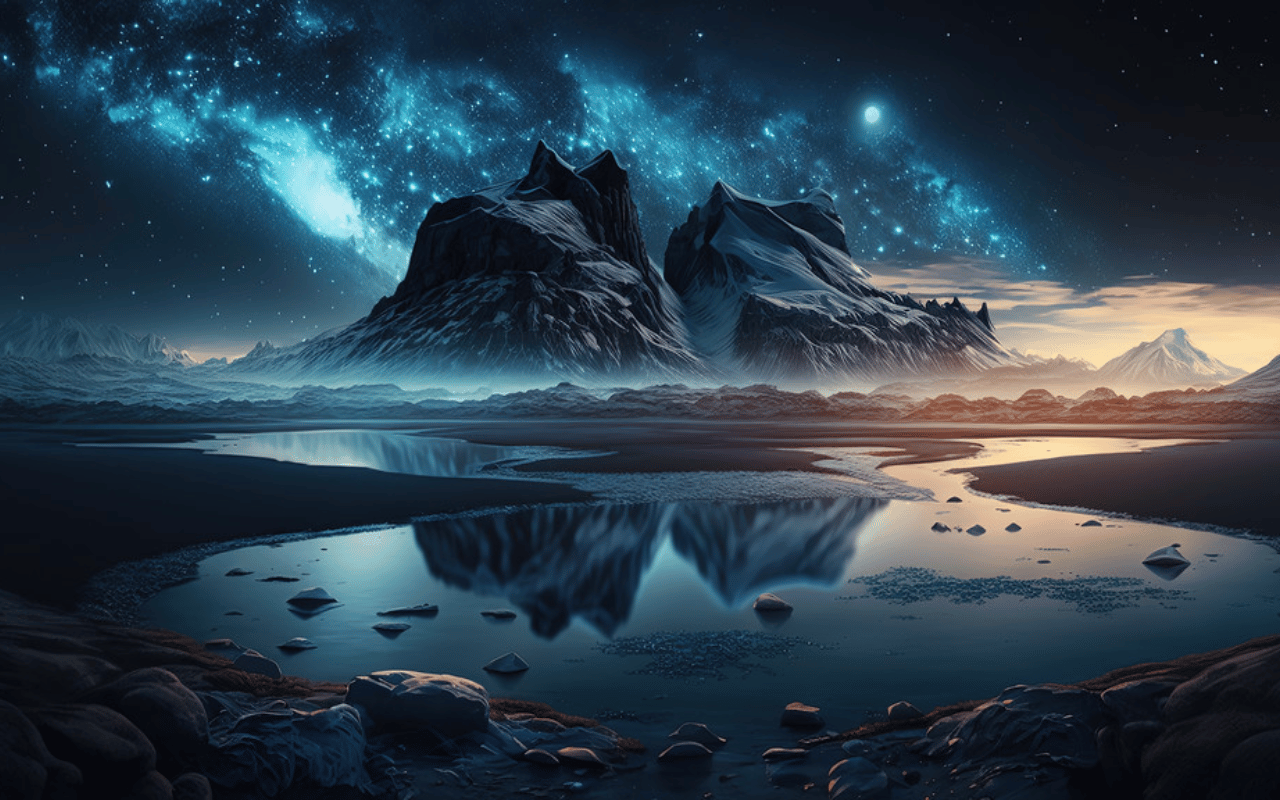
The Career Path of a Background Artist
Background artists work on various projects. They can work in animation studios, game studios, or even in publications. They usually start their career as a junior 2D artist. Finding entry-level background artist roles is not easy, as there are not too many entry-level job openings available. Instead, a junior artist role in an animation or game company will naturally prepare you to become a background artist. A concept artist role is another role that background artists can take as their responsibilities sometimes overlap.
Generally, being good at drawing opens doors for 2D artists to work in various roles in the creative industry. Roles such as prop artist which involve drawing assets for 2D projects have fundamental similarities to the role of a background artist. Therefore, it is not uncommon for 2D artists to try other roles as well.
A background artist can transition into art directing roles as well. Art directors define the overall mood and visual tone for a project, a task that is sometimes assigned to background artists as well.
Finally, senior artist or lead artist roles are also available for background artists who are more experienced.
